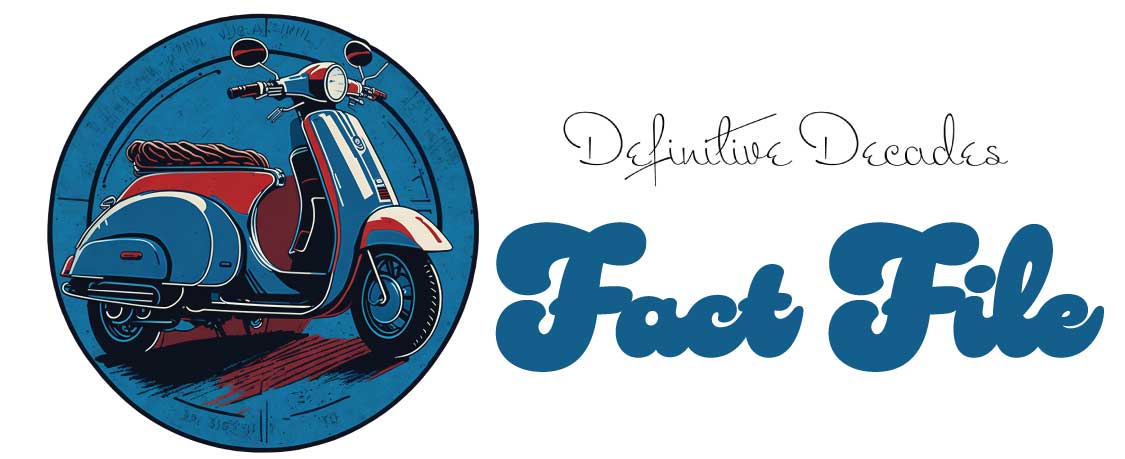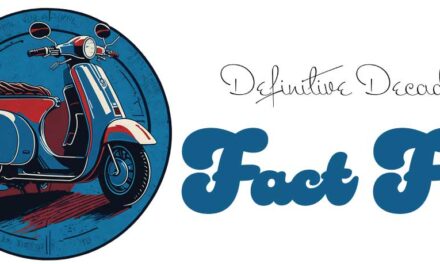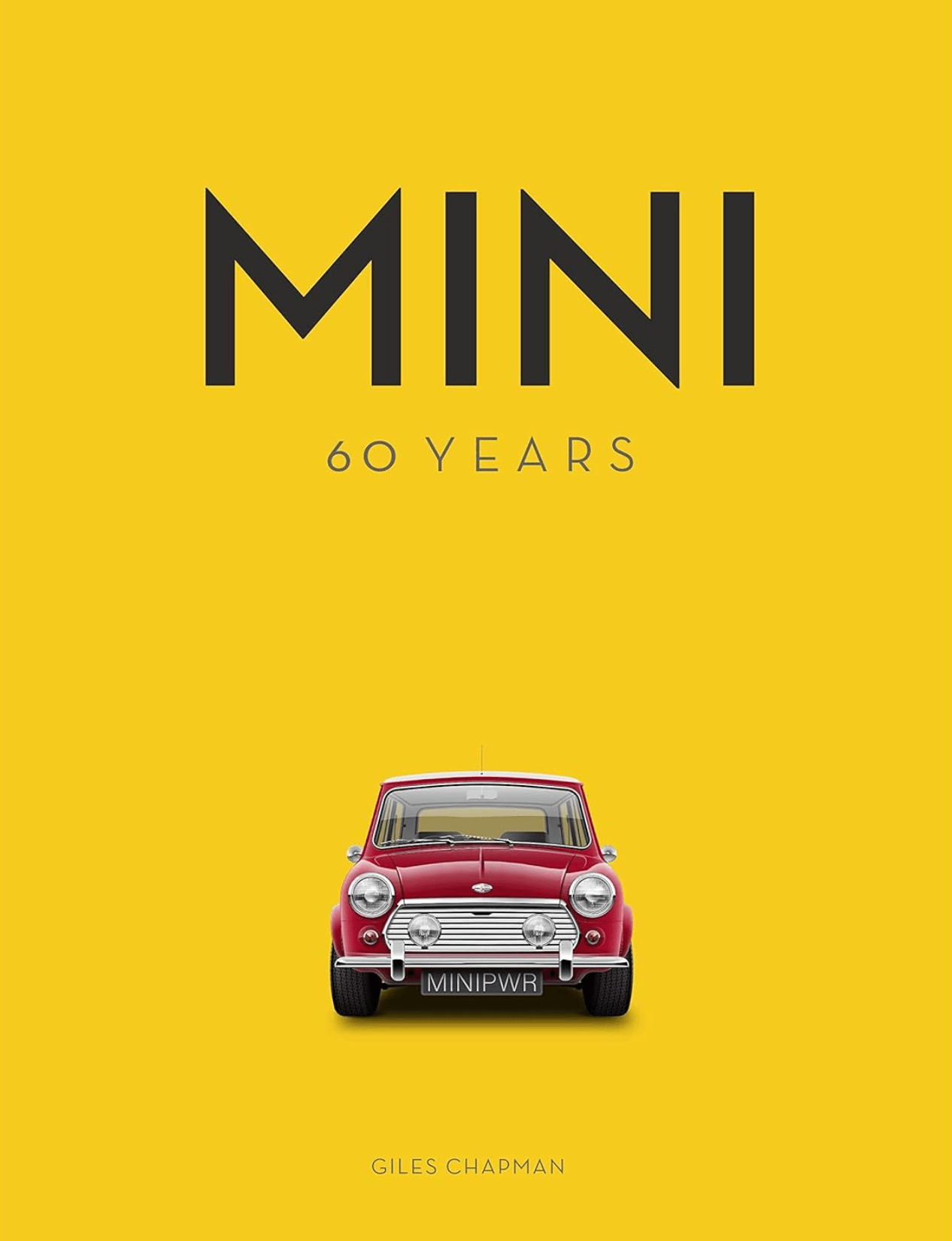“The Texas Chain Saw Massacre” is a groundbreaking horror film released in 1974 that has since become a staple in the genre. Directed by Tobe Hooper, the movie is considered one of the most influential and successful horror films of all time. It combines elements of both the slasher and exploitation genres to create a unique and terrifying experience for audiences.
The film was released during a time when the horror genre was undergoing a resurgence, with movies like “Night of the Living Dead” (1968) and “The Exorcist” (1973) garnering critical acclaim and box office success. However, “The Texas Chain Saw Massacre” stood out for its gritty and realistic portrayal of violence, setting a new standard for horror movies to come.
Tobe Hooper, who co-wrote the screenplay with Kim Henkel, directed the film. Hooper was a relatively unknown director at the time but would go on to become an influential figure in the horror genre. The production studio behind the film was Vortex, an independent company known for producing low-budget films in Texas.
The movie follows a group of friends who are on a road trip through rural Texas. When they encounter a hitchhiker who exhibits strange behavior, they become unwitting victims of a deranged family of cannibals. The central conflict of the film revolves around their fight for survival as they are hunted down by Leatherface, a masked killer armed with a chainsaw.
The film features an ensemble cast of relatively unknown actors who deliver chilling performances. Marilyn Burns stars as Sally Hardesty, the film’s final girl and main protagonist. Gunnar Hansen portrays Leatherface, the hulking and iconic killer. Other notable cast members include Allen Danziger, Paul A. Partain, and Edwin Neal.
Upon its release, “The Texas Chain Saw Massacre” received mixed reviews from critics. While some praised its raw and visceral nature, others criticized its muddled storytelling and graphic violence. However, the film quickly gained a cult following and became a commercial success, grossing over $30 million at the box office against its $300,000 budget.
Despite the initial controversy and critical reception, the film’s impact on popular culture cannot be understated. It popularized the slasher genre, influencing future horror films such as “Halloween” (1978) and “Friday the 13th” (1980). The character of Leatherface has become an iconic figure in horror, appearing in numerous sequels, prequels, and reboots over the years.
“The Texas Chain Saw Massacre” remains a significant cultural touchstone, known for its gritty realism and shock value. It has been praised for its innovative use of low-budget filmmaking techniques, including handheld cameras and natural lighting. In 1977, the film was banned in several countries due to its violent content.
In conclusion, “The Texas Chain Saw Massacre” is a landmark horror film that continues to be celebrated for its impact on the genre. Its raw and relentless portrayal of violence has left a lasting impression on audiences and filmmakers alike. Despite its controversial reception at the time, the film has solidified its place in cinematic history and continues to terrify audiences to this day.












